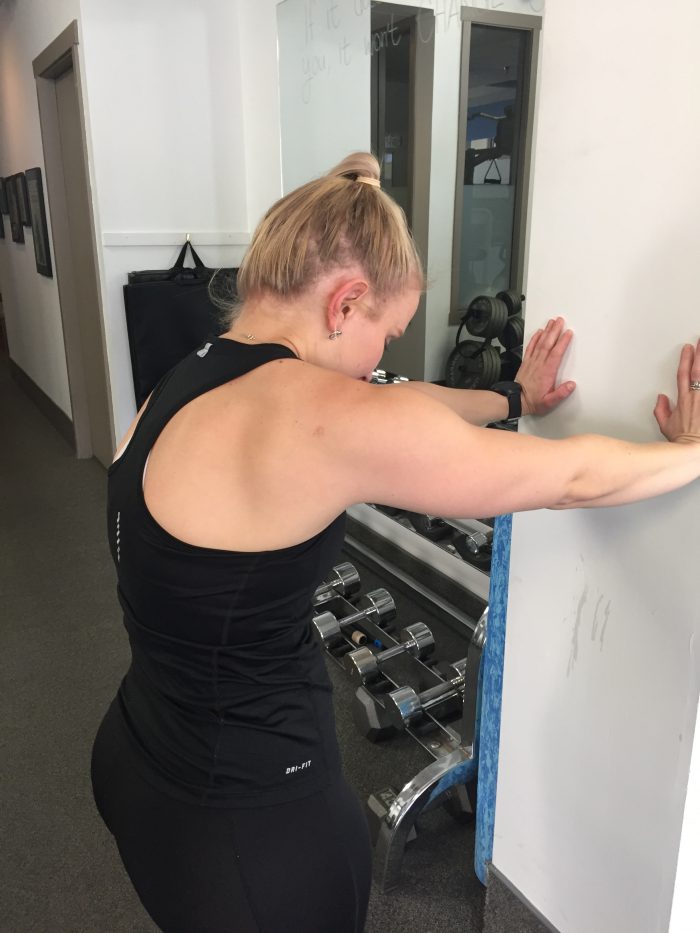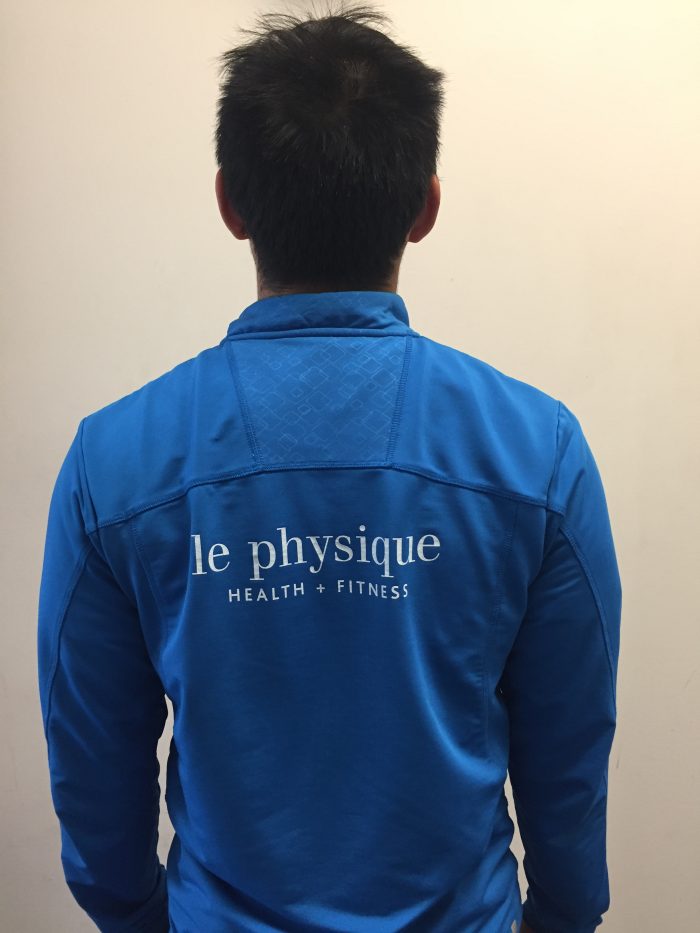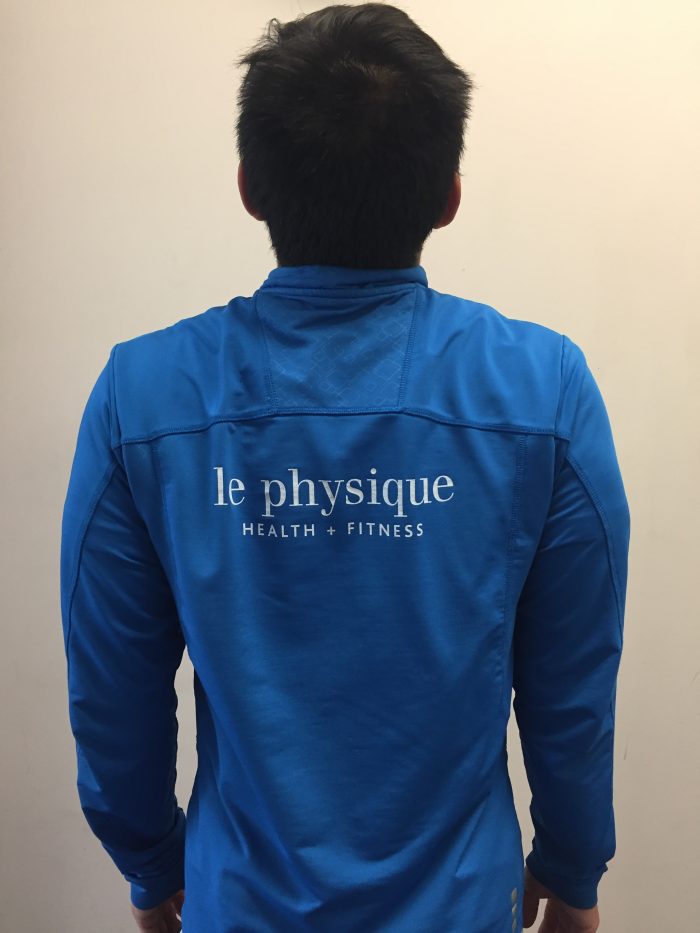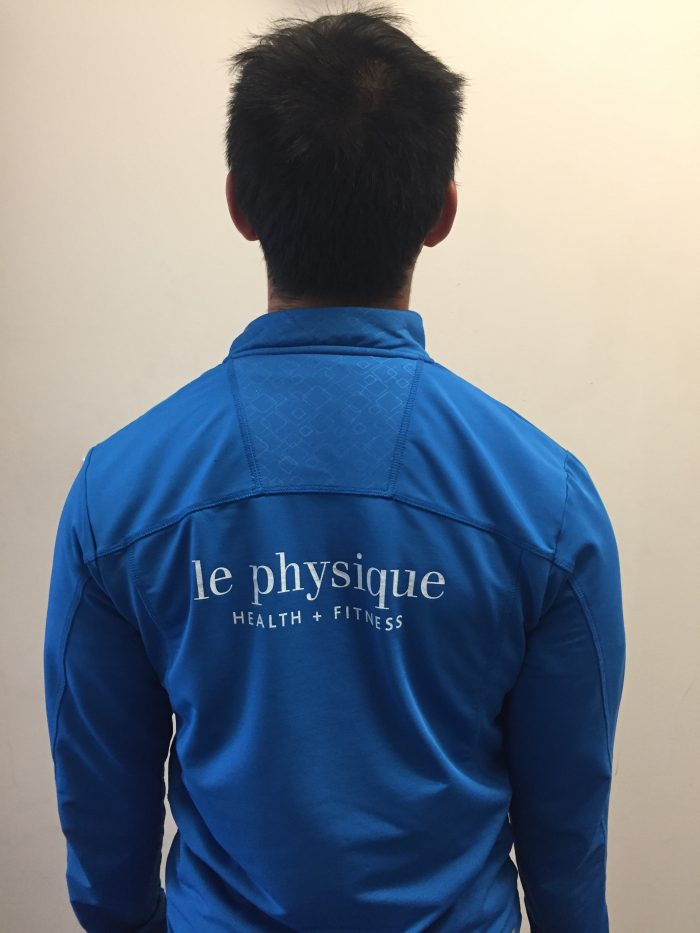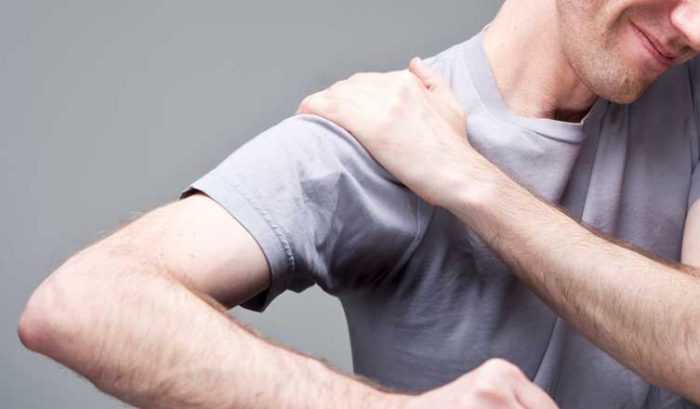
Got shoulder pain? Don’t worry – you aren’t the only one! Shoulder injuries are common amongst athletes and older individuals. I am a competitive dragon boater and experience shoulder pain regularly. It is often associated with poor technique and over training. An effective shoulder conditioning program is crucial towards prevention and recovery.
The goal of shoulder rehabilitation is to restore function of the shoulder. Shoulder function can be defined as working in a proper way without causing any pain or discomfort. Through a series of strength exercises and mobilization techniques, recovery can be achieved at an accelerated pace.
Shoulder Function
There are two components when it comes to shoulder functionality; shoulder stability and shoulder mobility. A balance between the two is what contributes to normal shoulder function. Shoulder mobility is what allows the shoulder to move up, down, left and right in a free range of motion. Kinesiologists and physiotherapists may describe these movements as external rotation, internal rotation, flexion, extension, abduction and adduction at the shoulder joint. The glenohumeral joint (shoulder socket) is a ball and socket joint and enables the arm to perform multi-directional movements and rotation. Stability on the other hand, is the resistance musculoskeletal tissues provide to the joint from various movements. In other words, shoulder stability refers to the ability to keep the arm stable while performing various movements.
Pain Reduction
Pain is a major indication of a shoulder injury. At the onset of discomfort, exercise should be put to a halt to prevent further aggravation. The degree of impingement (pain) can vary depending on the seriousness of the injury. Rest is crucial during the first couple of days to allow the injured area to heal. Once pain levels begin to decrease, we can begin our rotator cuff exercises.
Our main focus is rehabilitating the rotator cuff muscles and restoring range of motion and increasing shoulder stability The rotator cuff is responsible for stabilizing the shoulder joint and is made of 4 different muscles. These muscles originate at the edge of the shoulder blade and insert around the head of the arm bone, or humerus, forming a “cuff” like network.
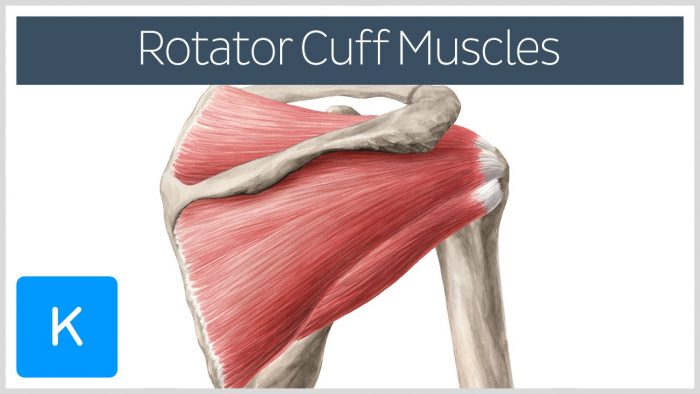
Rotator Cuff Exercises
Scapular Protraction and Retraction
Scapular Elevation and Depression
Internal and External Rotation
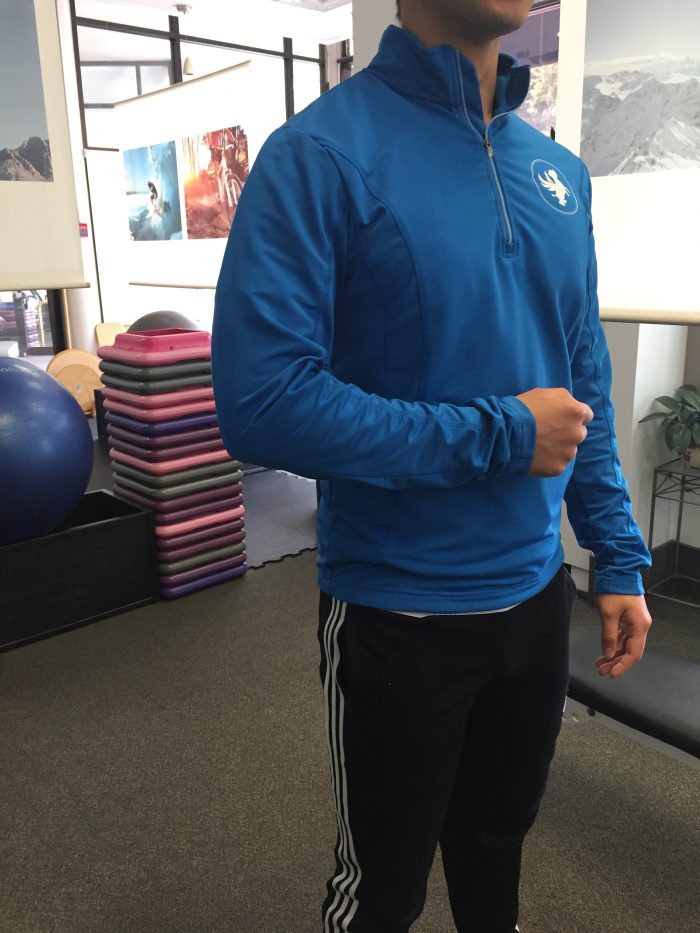
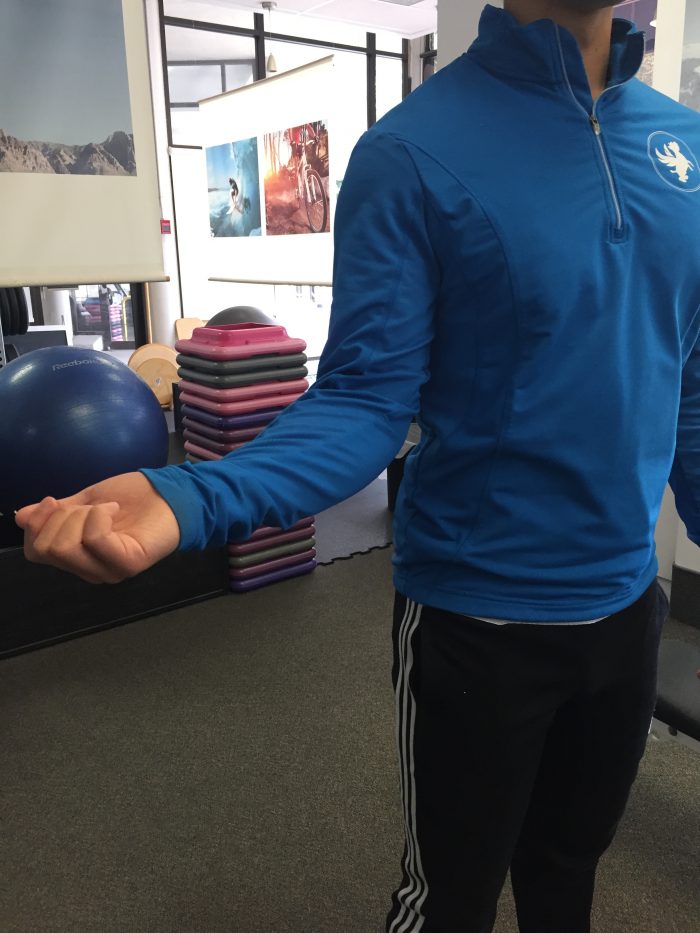
Clock Exercises
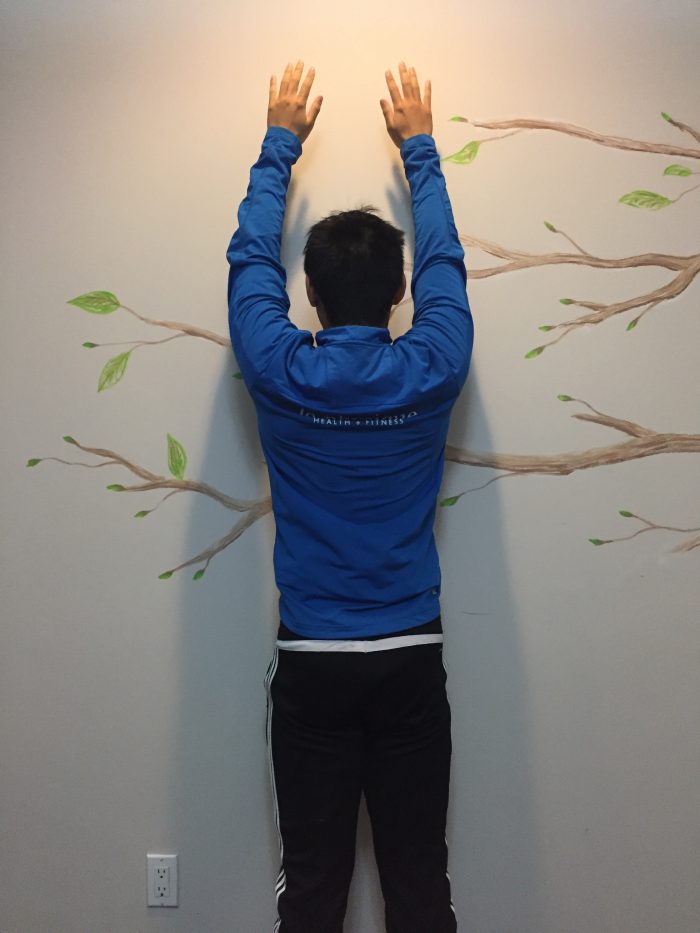
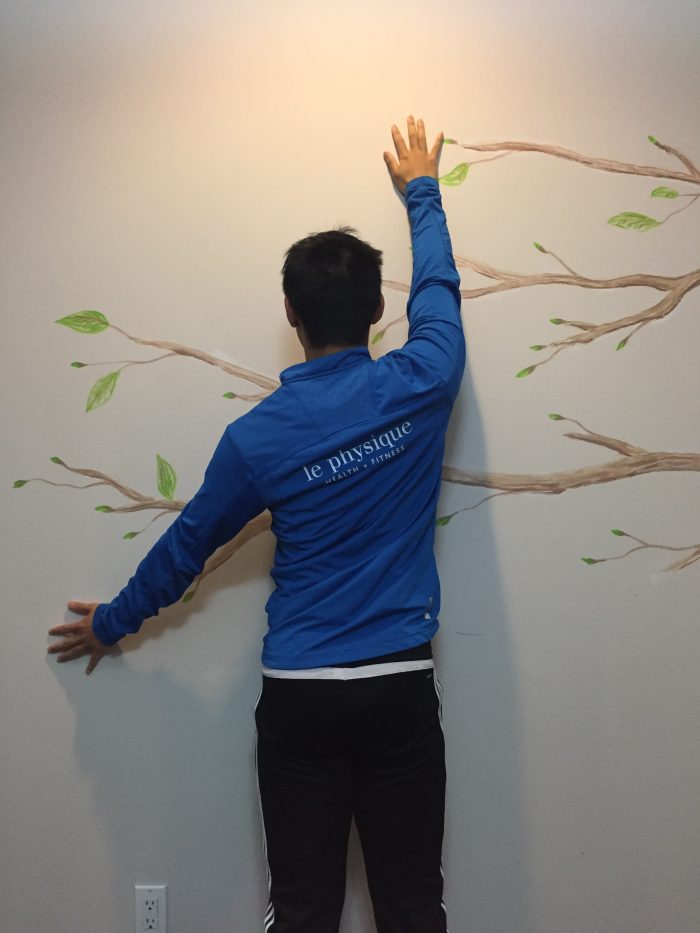
Wall Angels
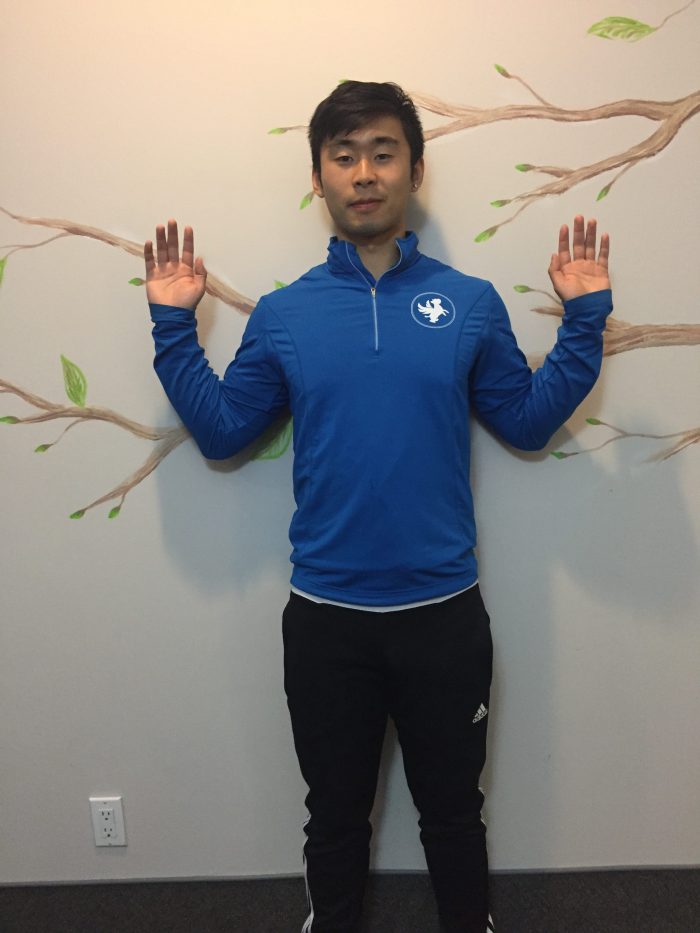
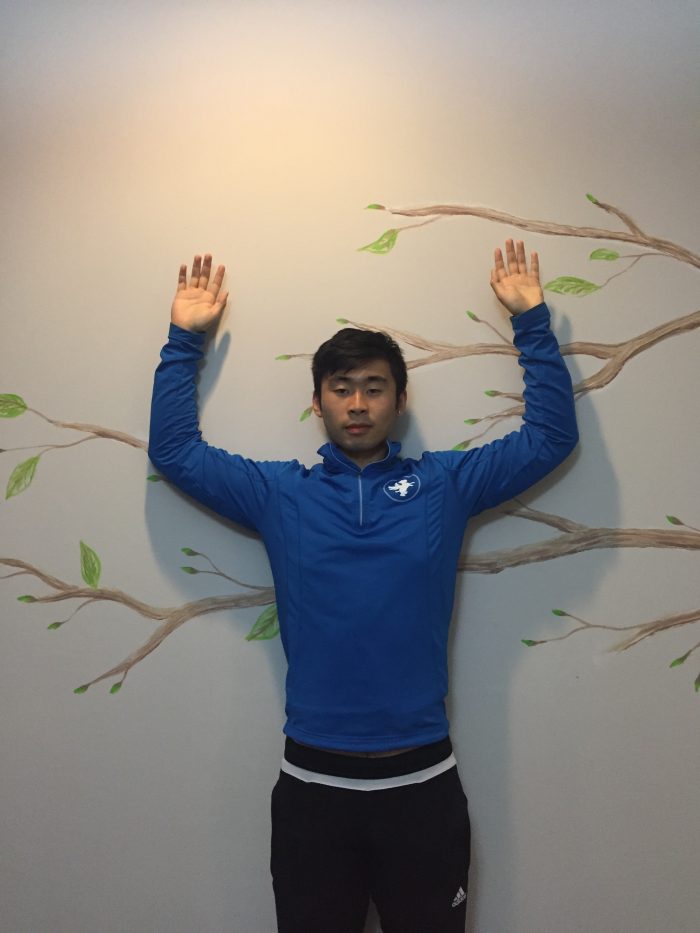
Dynamic/Plyometric Training
Once a full range of motion is achieved we can begin dynamic/plyometric training. Plyometric training focuses on increasing power and exerting maximal force during exercise. These exercises can be used to return the shoulder to optimal functioning. Make sure to start out with lighter weights and gradually increase the weights as the shoulder gets stronger.
Serrano Press
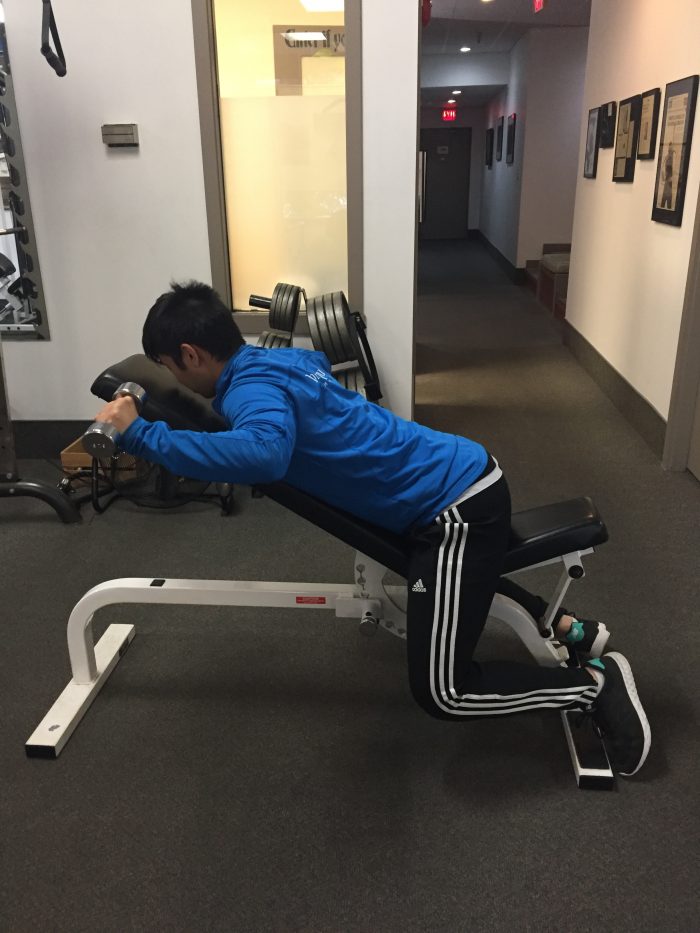
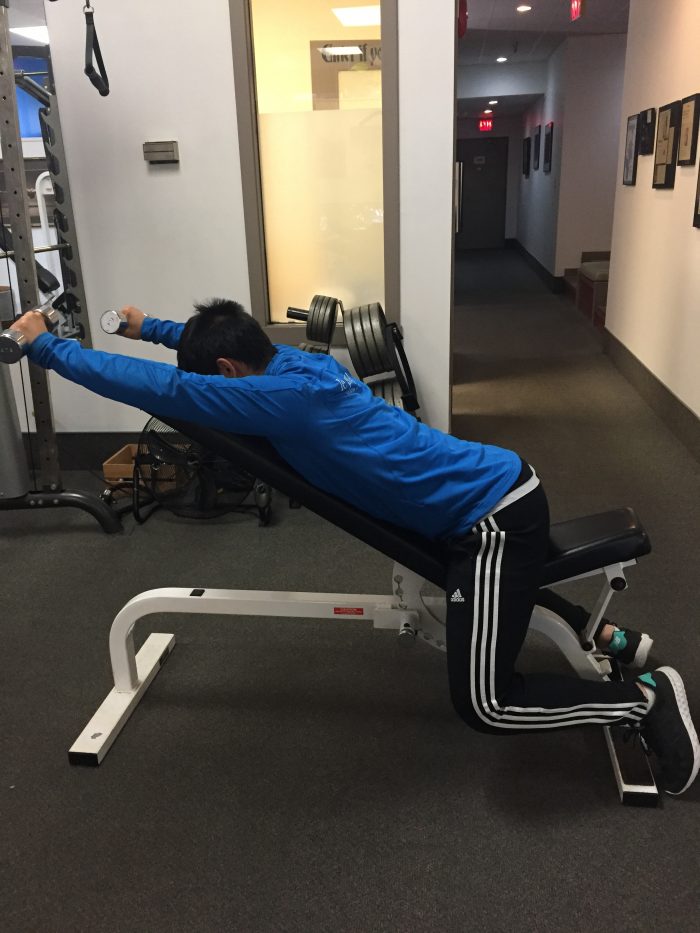
Wall Push-Ups
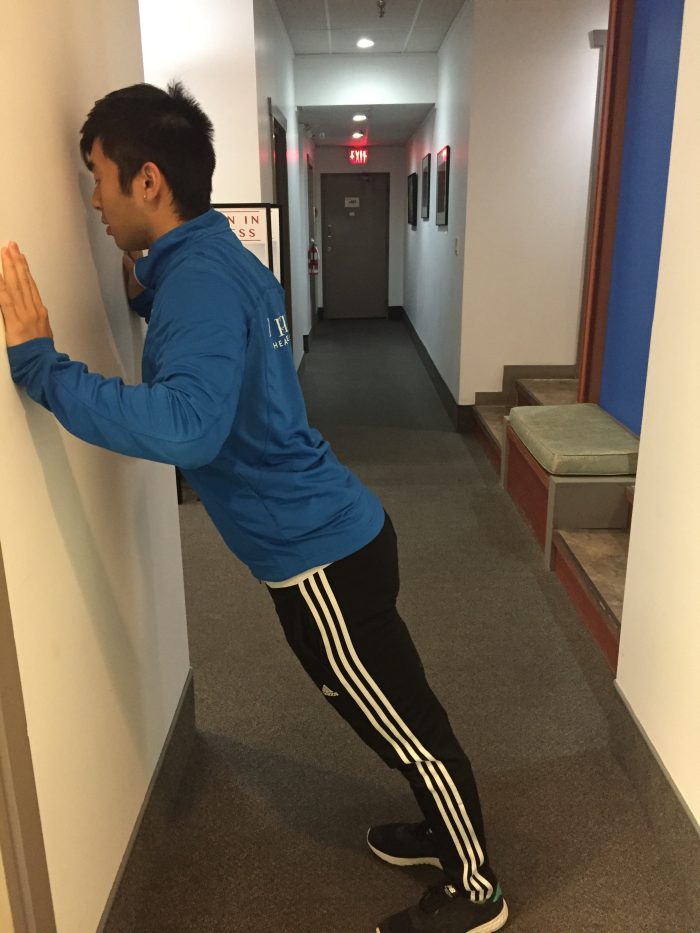
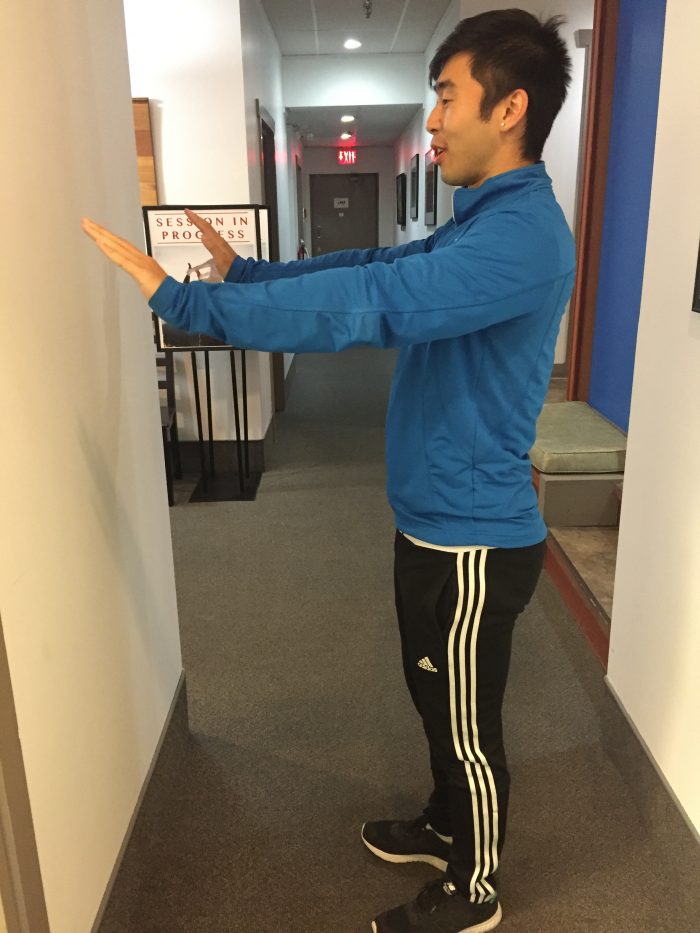
Overhead Forward Throw with Medicine Ball
l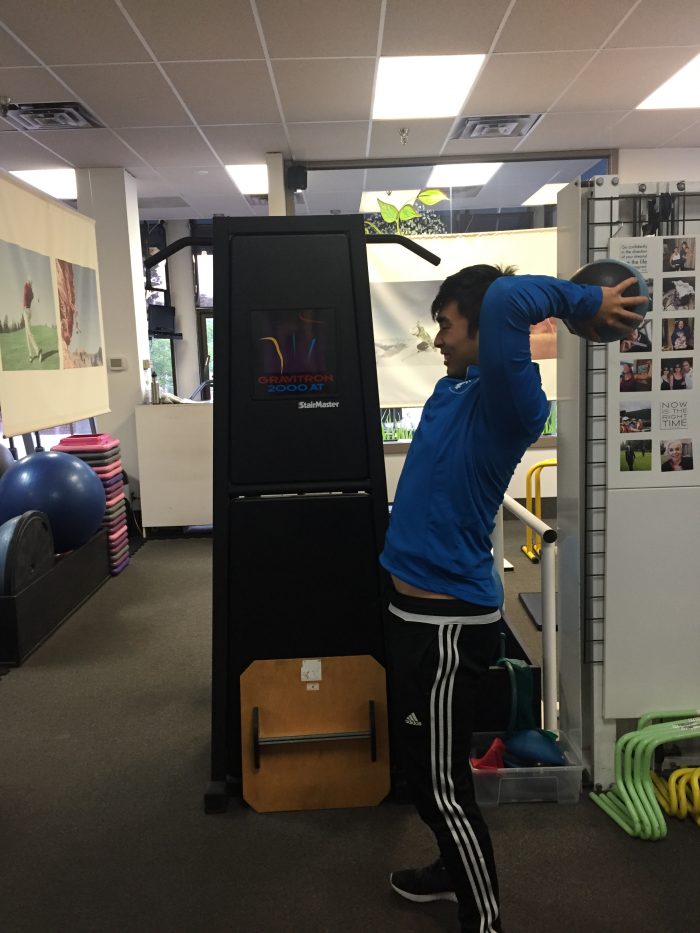
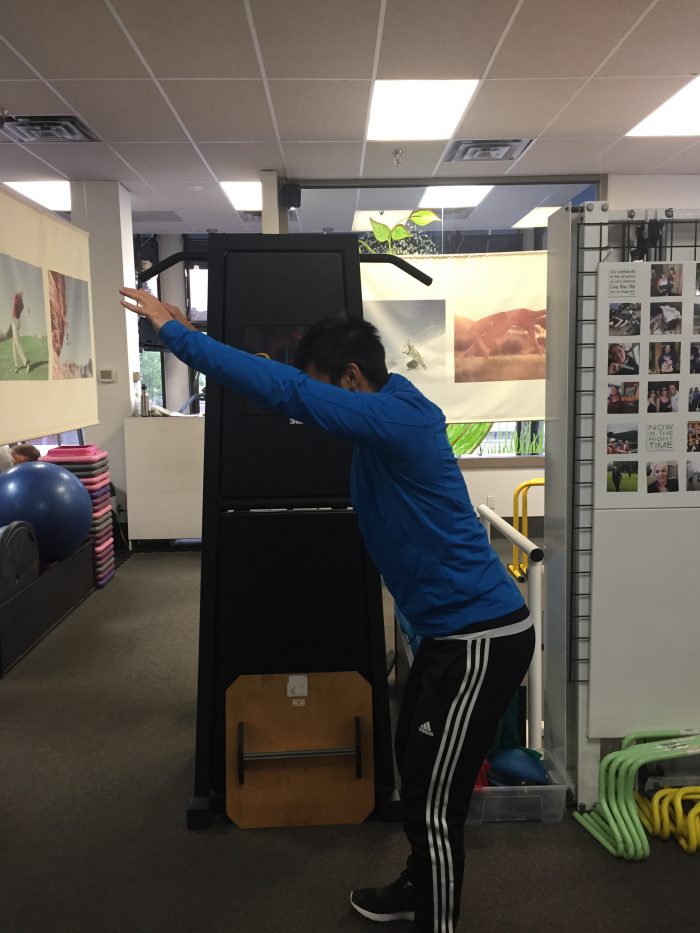
Medicine Ball Slams
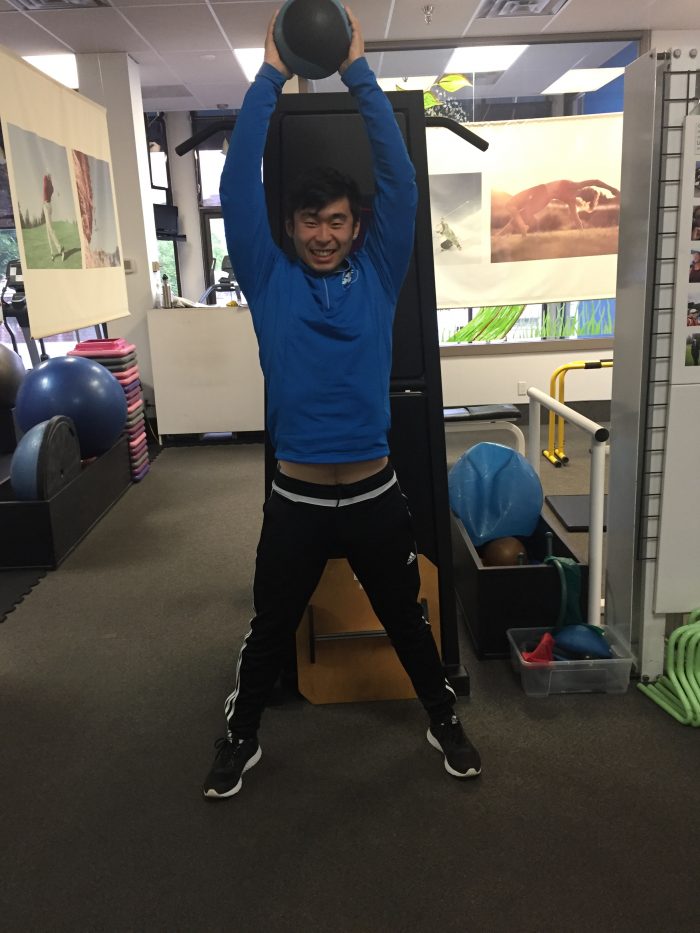
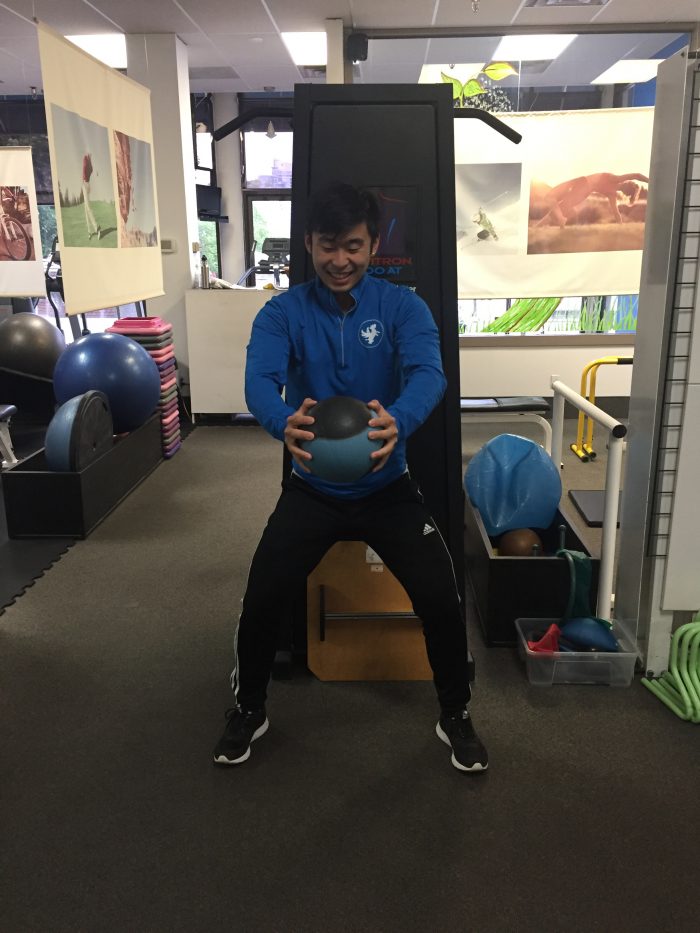
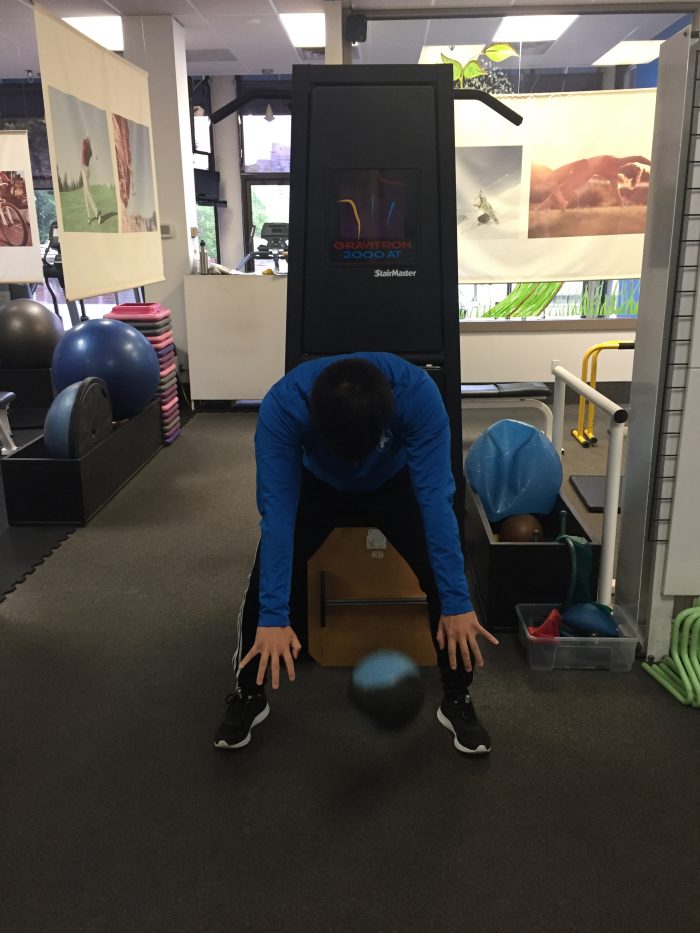
Have you ever done any of these exercises? Leave a comment below!
Kevin Kwok – Client Care Manager
 Kevin enrolled in numerous sports program as a child, which exposed him to an active lifestyle early in life. He played ultimate frisbee competitively in at the junior level while in high school. Kevin now focuses his training exclusively on dragon boating. He has been paddling for the past 2 years and hopes to make the Canadian National Team in 2019. He hopes he can motivate others to accomplish their short and long term fitness goals.
Kevin enrolled in numerous sports program as a child, which exposed him to an active lifestyle early in life. He played ultimate frisbee competitively in at the junior level while in high school. Kevin now focuses his training exclusively on dragon boating. He has been paddling for the past 2 years and hopes to make the Canadian National Team in 2019. He hopes he can motivate others to accomplish their short and long term fitness goals.



